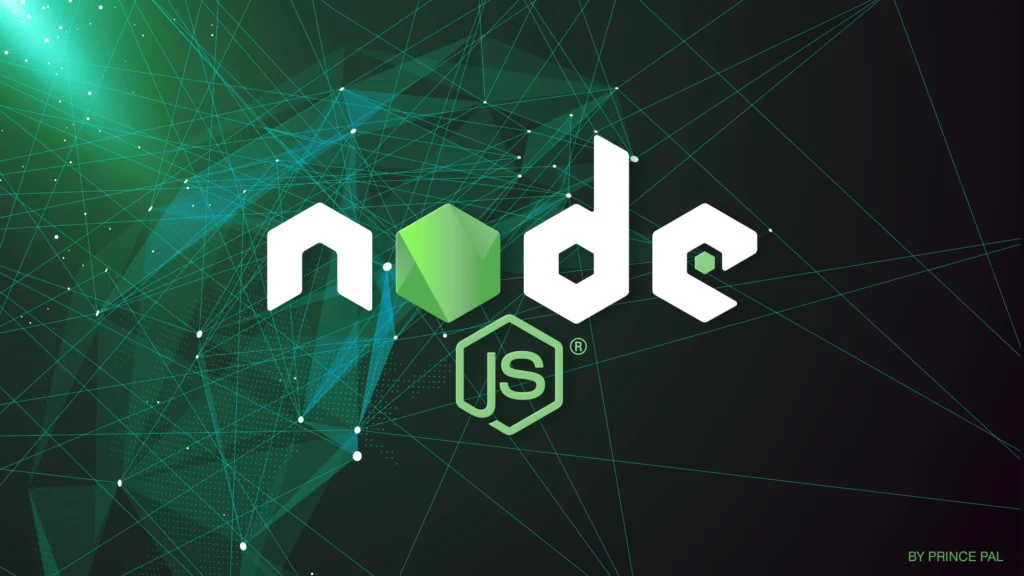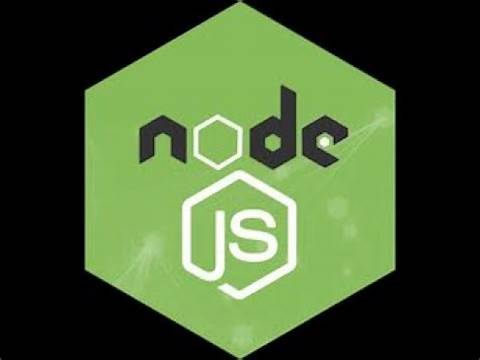Table of Contents
Introduction:
Node.js is a powerful platform for building web applications and has become a popular choice among developers. This guide aims to provide a comprehensive overview of Node.js and its features, including its history and architecture.
Node.js was first introduced in 2009 and since then, it has evolved and grown in popularity. It is built on the V8 JavaScript engine, which is the same engine that powers Google Chrome, and is designed to be fast and efficient. One of the key features of Node.js is its ability to handle multiple concurrent connections, making it well suited for building high-traffic websites and applications.
Node.js uses an event-driven, non-blocking I/O model, which makes it well-suited for building real-time applications like chat applications, online games, and streaming services. This model allows for efficient use of resources and makes it possible to handle large amounts of data without sacrificing performance.
In terms of architecture, Node.js is built using the CommonJS module system, which provides a simple and straightforward way to organize and reuse code. It also supports the use of npm (Node Package Manager), which makes it easy to manage and share dependencies and libraries with other developers.
Building web applications with Node.js is simple and straightforward. The express framework, for example, is a popular choice for building web applications with Node.js. It provides a simple and flexible framework for building server-side applications, and it makes it easy to handle HTTP requests and responses.
Another popular tool for building web applications with Node.js is socket.io, which is a real-time communication library that makes it easy to build real-time applications like chat applications, online games, and more.
In terms of security, Node.js has a number of built-in security features, including support for SSL/TLS encryption and support for using secure HTTP protocols like HTTPS. Additionally, there are many third-party security tools and libraries available for Node.js, making it possible to build secure and scalable applications.
Finally, it’s important to note that Node.js is constantly evolving, and new features and tools are being added all the time. It is important to stay up-to-date with the latest developments in Node.js, and to make use of online resources and communities to learn and grow as a developer.
In conclusion, Node.js is a powerful and versatile platform for building web applications. It’s fast, scalable, and flexible, making it a popular choice among developers for building high-traffic websites and applications. Whether you’re just starting out with web development or you’re a seasoned pro looking to add to your skill set, this guide has something for everyone.

Chapter 1: Understanding Node.js
In this chapter, we will explore the history and evolution of Node.js, and how it has become one of the most popular server-side platforms for building web applications. We will also discuss the key features and benefits of using Node.js, including its non-blocking I/O architecture, event loop, and npm (Node Package Manager).
Chapter 2: Building Web Applications with Node.js
In this chapter, we will dive into the process of building web applications with Node.js. We will cover the basics of setting up a development environment, as well as how to use popular tools and frameworks such as express, and how to work with templates and databases. We will also discuss how to test and deploy your Node.js applications.
Chapter 3: Advanced Topics in Node.js
In this chapter, we will explore advanced topics in Node.js, including security, performance optimization, and scalability. We will also discuss how to integrate Node.js with other technologies and tools, such as front-end frameworks, databases, and cloud services. We will also explore the latest trends and best practices in Node.js development.
Chapter 4: Real-World Examples of Node.js in Action
In this chapter, we will showcase real-world examples of Node.js in action, demonstrating how it is being used to build a wide range of web applications, from simple single-page apps to complex e-commerce sites and real-time web apps. We will also discuss the challenges and lessons learned in these projects, and how they have contributed to the continued evolution of Node.js.

Conclusion:
Node.js is an increasingly popular platform for building web applications. It offers fast performance, scalability, and versatility, making it a top choice for developers. This guide has provided a comprehensive overview of Node.js, including its history, architecture, and key features. Additionally, it has covered the basics of building web applications using Node.js, as well as advanced topics such as security and scalability. Whether you’re just starting out with web development or looking to expand your skills, this guide has something for everyone. The growth and evolution of Node.js in the web development industry highlights its importance and value. The guide has emphasized that Node.js can be a valuable tool for any developer looking to build web applications.


